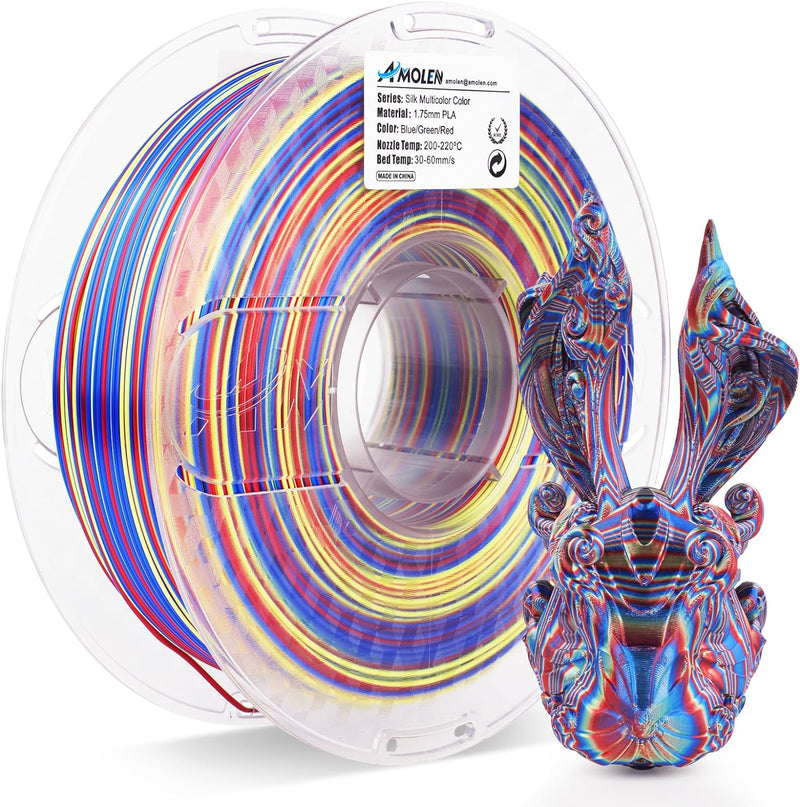Unlocking the Secrets of Filament 3D Printers: What You Need to Know!
In the dynamic world of 3D printing, filament 3D printers stand out as a popular choice among enthusiasts and professionals alike. These printers utilize thermoplastic filaments to create three-dimensional objects layer by layer, making them invaluable tools in various industries, from prototyping to education. Understanding the characteristics and specifications of filament 3D printers is essential for anyone looking to dive into this exciting technology. This article aims to equip you with the knowledge needed to make informed decisions, whether you are a seasoned user or a newcomer to 3D printing.

Understanding Filament 3D Printers
Filament 3D printers operate on a process known as Fused Deposition Modeling (FDM). This method involves heating a thermoplastic filament until it melts, then extruding it through a nozzle to build an object layer by layer. There are various types of filament materials available, including PLA, ABS, PETG, and TPU, each offering unique properties suitable for different applications. For instance, PLA is known for its ease of use and biodegradability, making it perfect for beginners and environmentally conscious users. On the other hand, ABS is favored for its strength and durability, which is ideal for functional parts. The choice of filament can drastically impact the printer's performance and the quality of the final print, emphasizing the importance of selecting the right material for your specific needs.
Key Characteristics of Filament 3D Printers
When selecting a filament 3D printer, several key characteristics should be considered to ensure it meets your needs. One of the first factors is the build volume, which determines the size of the objects you can print. A larger build volume allows for more extensive projects but may come at a higher cost and require more space. Layer resolution is another crucial characteristic; it refers to the thickness of each layer of filament. A lower layer height can lead to more detailed prints, albeit at the expense of longer printing times. Print speed is equally important; while faster speeds can enhance productivity, they may compromise print quality. Balancing these characteristics according to your project requirements will help you choose a printer that aligns with your goals.
Specifications to Look For
Critical specifications also play a significant role in the performance of filament 3D printers. The nozzle diameter, for instance, affects both the printing speed and detail of the final product. A larger nozzle allows for quicker prints but may sacrifice finer details, while a smaller nozzle offers precision at the cost of speed. Additionally, a heated bed is a vital feature; it helps prevent warping of the print during the cooling process, ensuring a more reliable output. Lastly, filament compatibility is essential to ensure the printer can handle the materials you plan to use. Understanding these specifications can significantly influence the printing process and the quality of your final creations.
Common Applications of Filament 3D Printing
Filament 3D printers are incredibly versatile, finding applications across various fields. In prototyping, they allow designers to quickly create and test models before moving to production. Hobbyists often use these printers to bring their creative ideas to life, crafting everything from intricate miniatures to functional household items. Educational institutions also leverage filament 3D printing to enhance learning experiences, offering students hands-on opportunities to explore engineering and design principles. This diversity of applications highlights the significant impact filament 3D printers have on both personal and professional projects.
Key Takeaways on Filament 3D Printers
In conclusion, understanding the characteristics and specifications of filament 3D printers is crucial for making informed decisions when selecting the right printer for your needs. By exploring aspects such as build volume, layer resolution, and nozzle diameter, you can better appreciate how these factors influence your printing experience and the quality of your outputs. Whether you are looking to delve into 3D printing as a hobby or as a professional, being well-informed will undoubtedly enhance your journey into this innovative technology.







